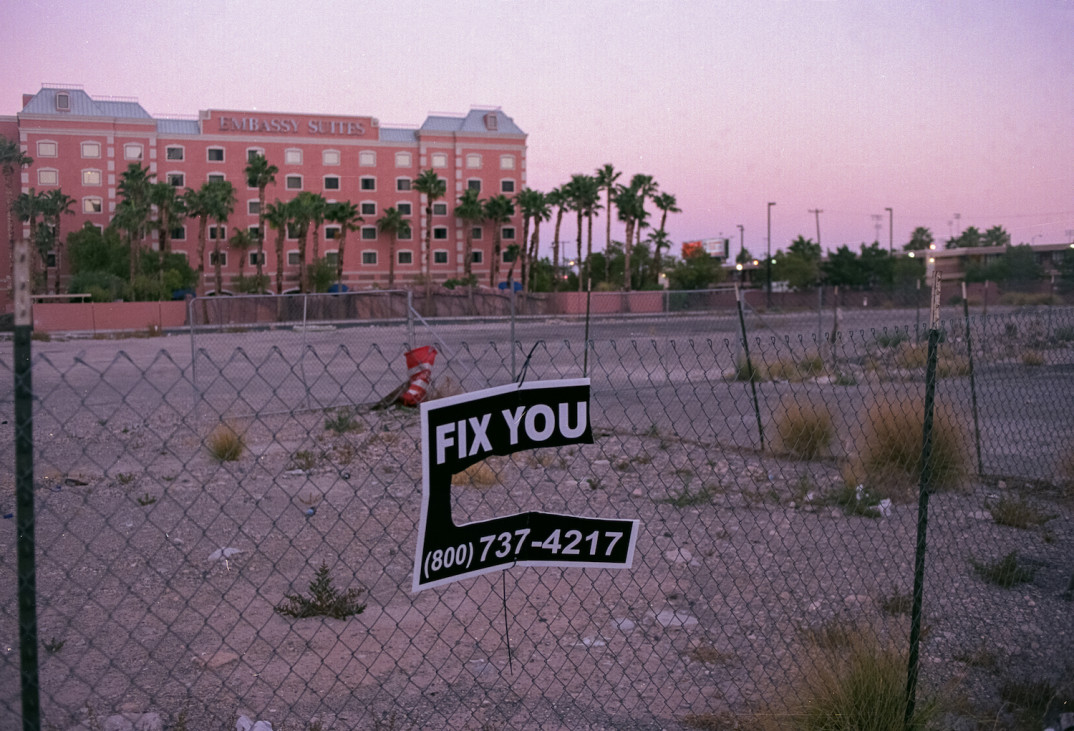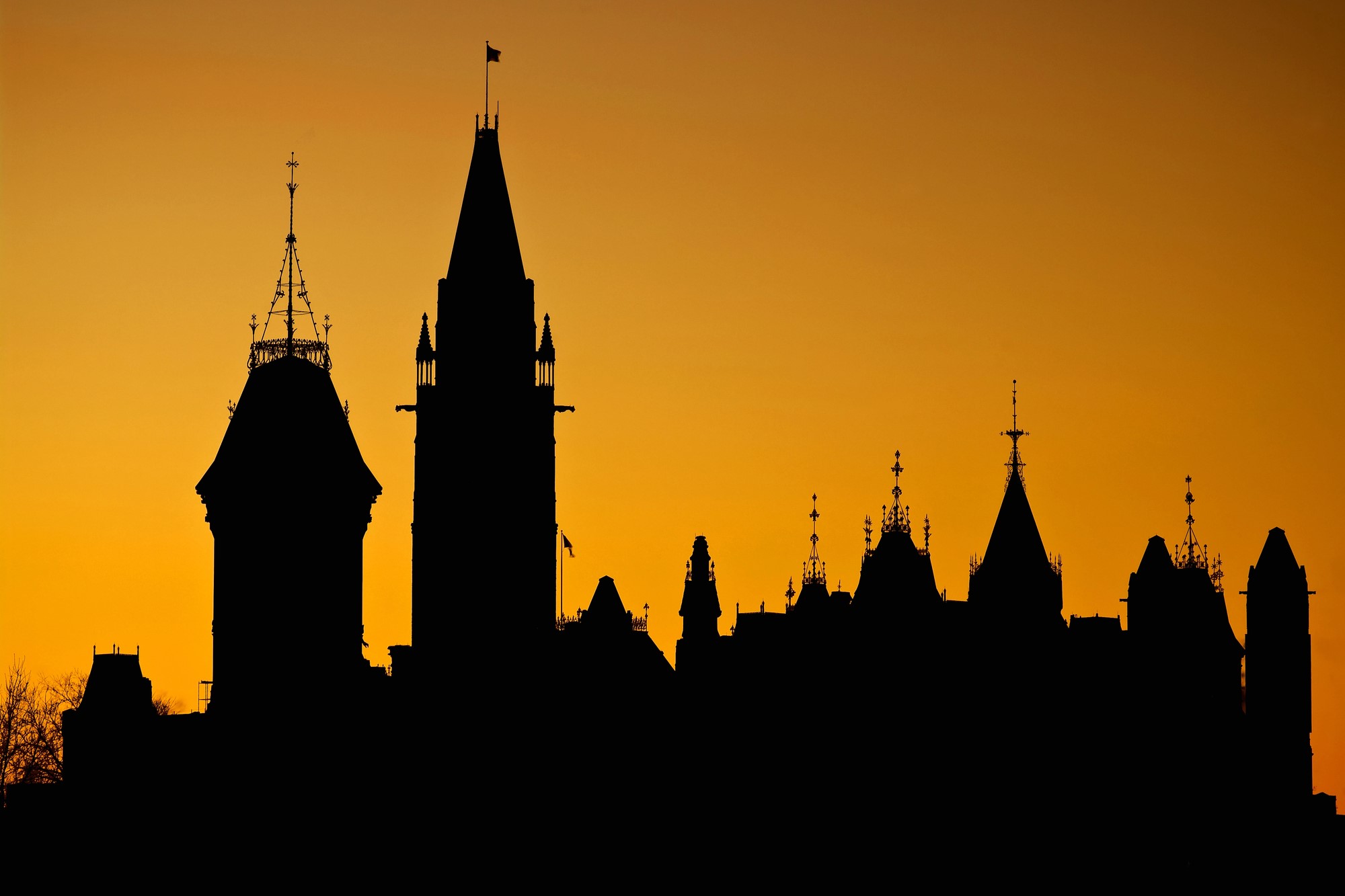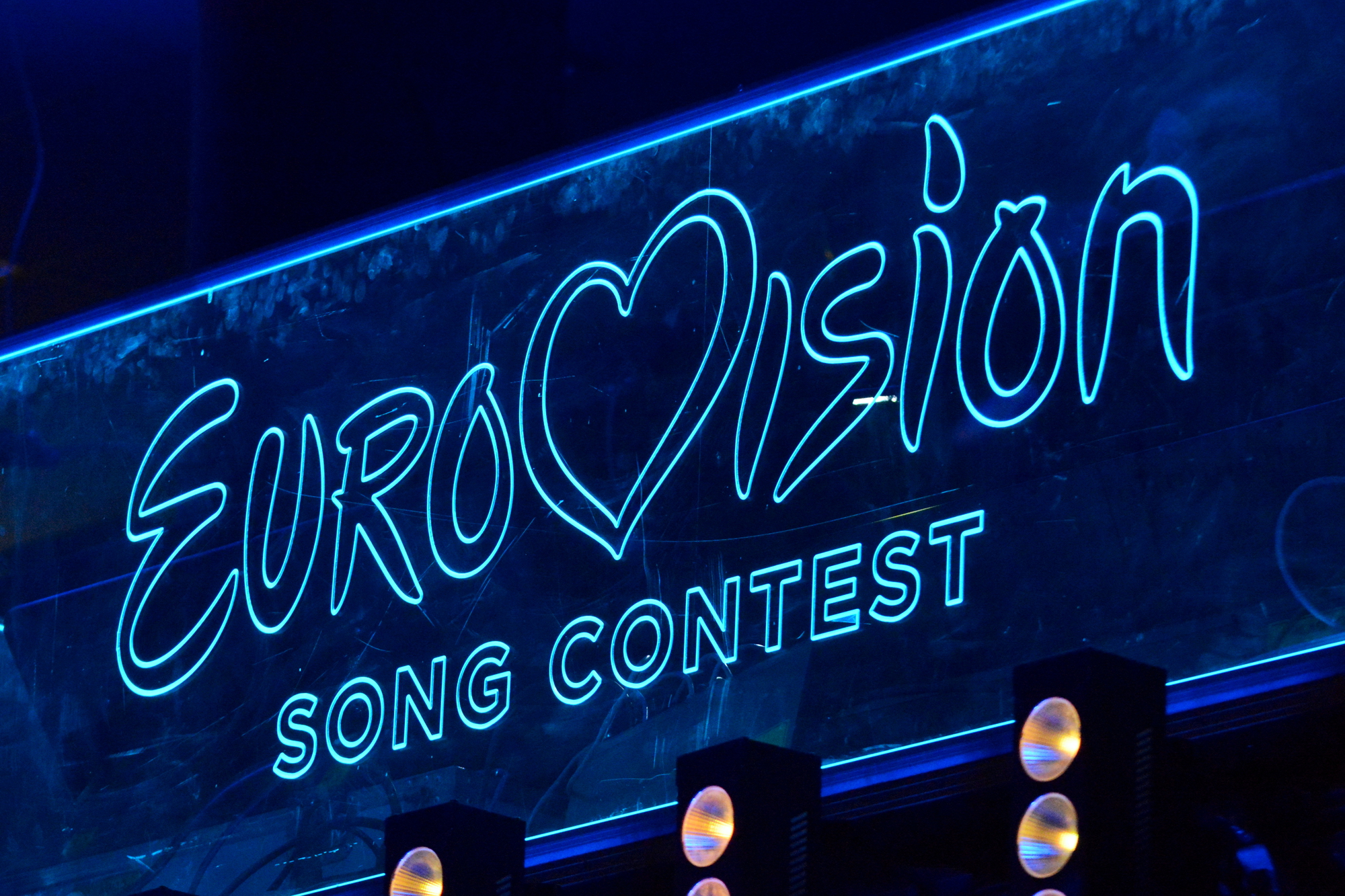Standing Still in Las Vegas
The Bellagio fountains go off four times an hour once sunset comes to the Las Vegas Strip. Each show is no doubt impressive, sending plumes of water spiraling into the air as echoes of pressurized cannons thunder through the plaza. Yet, by the third or fourth performance, the fountains begin to lose their luster. And after a few days of walking past them, they ultimately fade into the mundane, one of many once-in-a-lifetime spectacles vying for oxygen on the Strip.
In the moments leading up to each performance, the rails surrounding the pool fill with visitors craning their necks to get a view of the water. Many linger a few moments after the music ends and the fountains dissolve away, unsure of whether the show is really over. Yet ultimately they move on, soon replaced by another group of tourists largely indistinguishable from those who came before.
It feels strange sitting through more than one of the shows. The crowds ebb and flow, blending together those seeking out the fountains and those heading toward the next attraction. The only people who remain are the professionals – artists carving customers’ faces out of clay, vendors selling water and bottles of Heineken from rolling coolers dragged behind them. Their presence is one of the few static points holding the sidewalk together, anchoring it in place in midst of the Strip’s constant turbulence.
The rhythm of the cycle would almost be peaceful, if it weren’t so frenetic. The pace on the sidewalk is often ambling, tourists’ eyes cast up at the hotels towering around them. Yet, slow as it may be, movement on the Strip never stops. This is in part accomplished by design; many of the low walls outlining each hotel are topped with spiraling ornamental metalwork, making any attempt to sit down a precarious exercise in balance. The only thing to do is to keep walking until a suitable seat can be found – a move surely meant to drive visitors towards the slot machine chair or restaurant table.
The movement encouraged by this design never stops. On the Strip, one is always in transit – headed up or down Las Vegas Boulevard, past the kitsch and the opulent, from one neon casino floor to another. The sights blend into one another, maze-like hotel hallways spilling you out into a row of shops indistinguishable from the last. Here, you keep moving to make it to your dinner reservation, to get out of the sun, to avoid the men hawking sex cards on the street corner, to mask discomfort while passing a person asking for spare change. When you can’t go any further, when the lights of the Strip fade into shabby motels and trash-strewn parking lots, you turn around and repeat the process again.
In everything it does, this place disorients. Unmoored from the city surrounding it, the Strip seems to have little in common with Las Vegas proper. The only indications a tourist might get of the surrounding city are found on online forums, where fantastical crimes that reportedly occur off-Strip are detailed as hyperbolic omens. So too is it detached from time, occupying a space where plaster replicas of ancient Roman statues are adorned with sashes celebrating a hotel’s 50th anniversary, where once-in-a-lifetime spectacles replay at the top of the hour.
With so much of this environment built on unending motion, standing still seems both a challenge and a small act of rebellion. It’s only upon standing still that you realize how many miles you’ve inadvertently walked, how tired keeping up with the crowd has made you. Yet without the blur of movement, the details of this place and its strange brand of absurdity come to light. Standing outside the Venetian, it becomes clear that an entire wing of the building is under construction, disguised by a canvas painted to closely mimic the floors below. Human moments can be seen, too; in front of the Bellagio, standing still reveals parents holding a scrabbling baby up to the fountains, eager to photograph the infant while the water thunders down behind her. So too does it draw attention to the tourist who steps out of the crowd to place a dollar in a panhandler’s cup.
In a way, such moments redeem the place, adding human substance to what so often seems vapid and commercialized. Yet it remains clear how difficult it would be to feel at home here, to find respite amidst constant flux. No matter how long one stays on the Strip, in the end it can only be a temporary arrangement.
I first came to Las Vegas to document Donald Trump and Hillary Clinton’s final debate before November 8th. In some ways, it felt all too appropriate that one of the election’s penultimate moments be hosted in this city. Throughout this year, we have watched as an endless conveyor of spectacle has taken command of our politics, sustaining our outrage and cheapening our political discourse. This cycle continues seemingly without fail, denying us the opportunity to stop and consider the full implications of the decision that we will make in ten days’ time.
The Strip has shown that sacrificing meaningful discourse for the sake of spectacle can bring some measure of joy. If our current electoral process is any indication, it can also prove quite profitable. Yet we cannot let it become the basis of our governance.
Click here to see the rest of Conner Gordon’s photos from Las Vegas.








